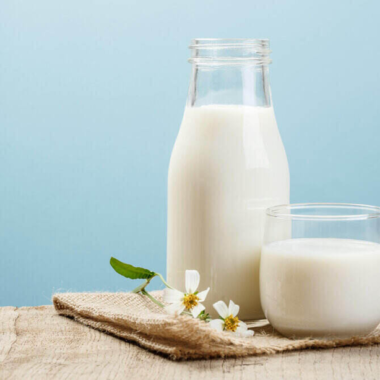What is Tetra Pak Packaging?
Composition of Tetra Pak Packaging
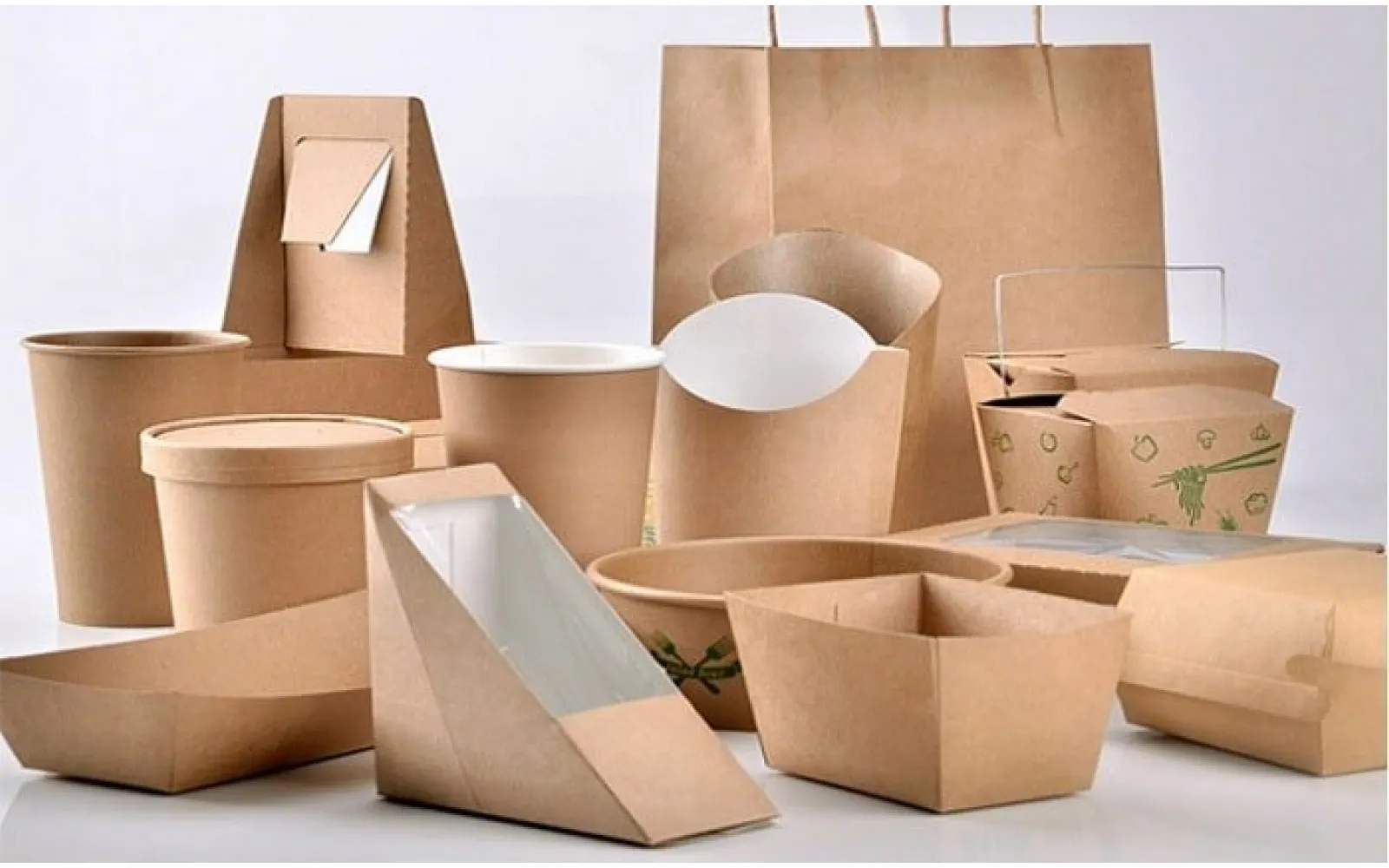
Paperboard
The main structural component, providing strength and stability.
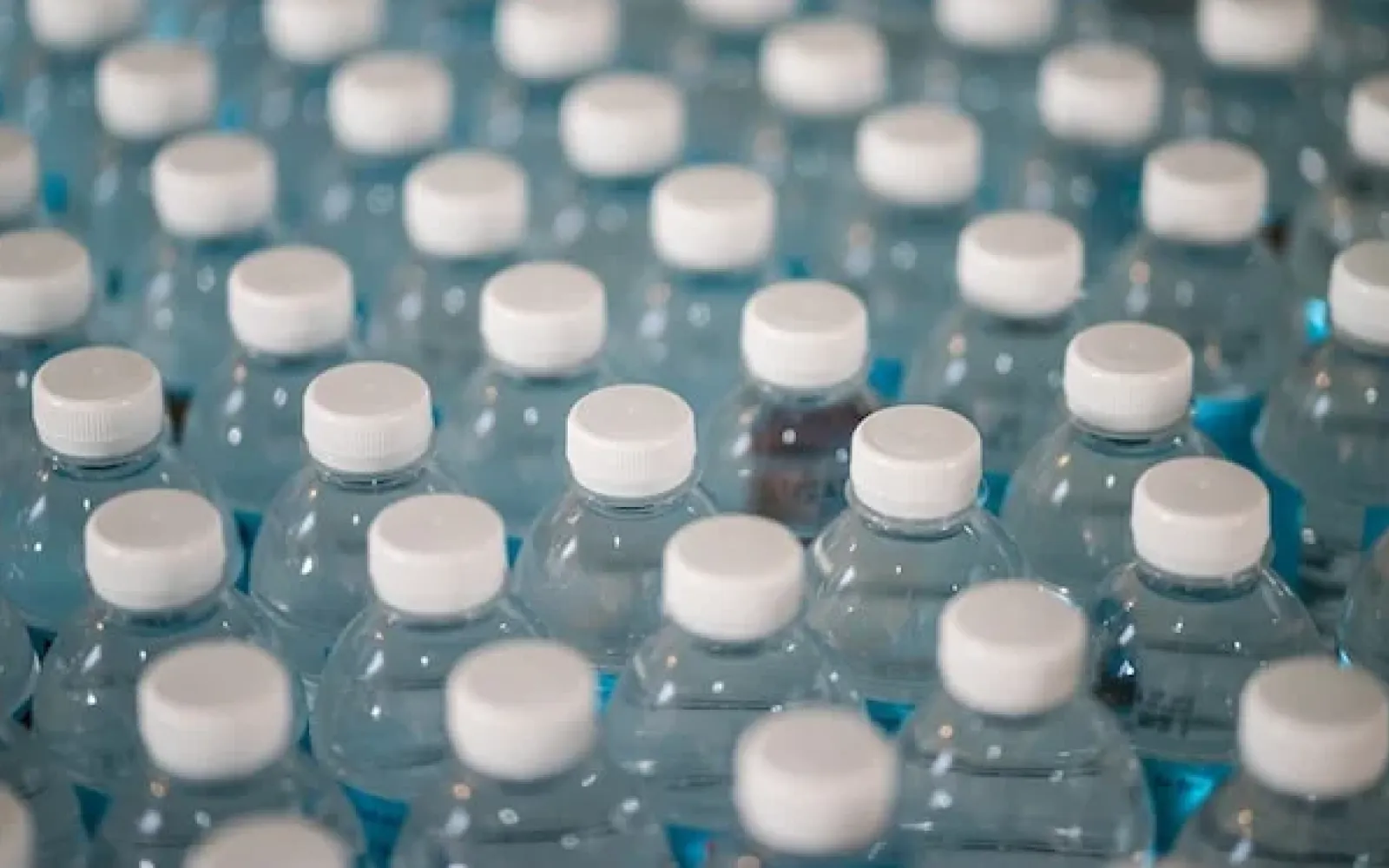
Polyethylene
A type of plastic used for sealing and moisture protection.
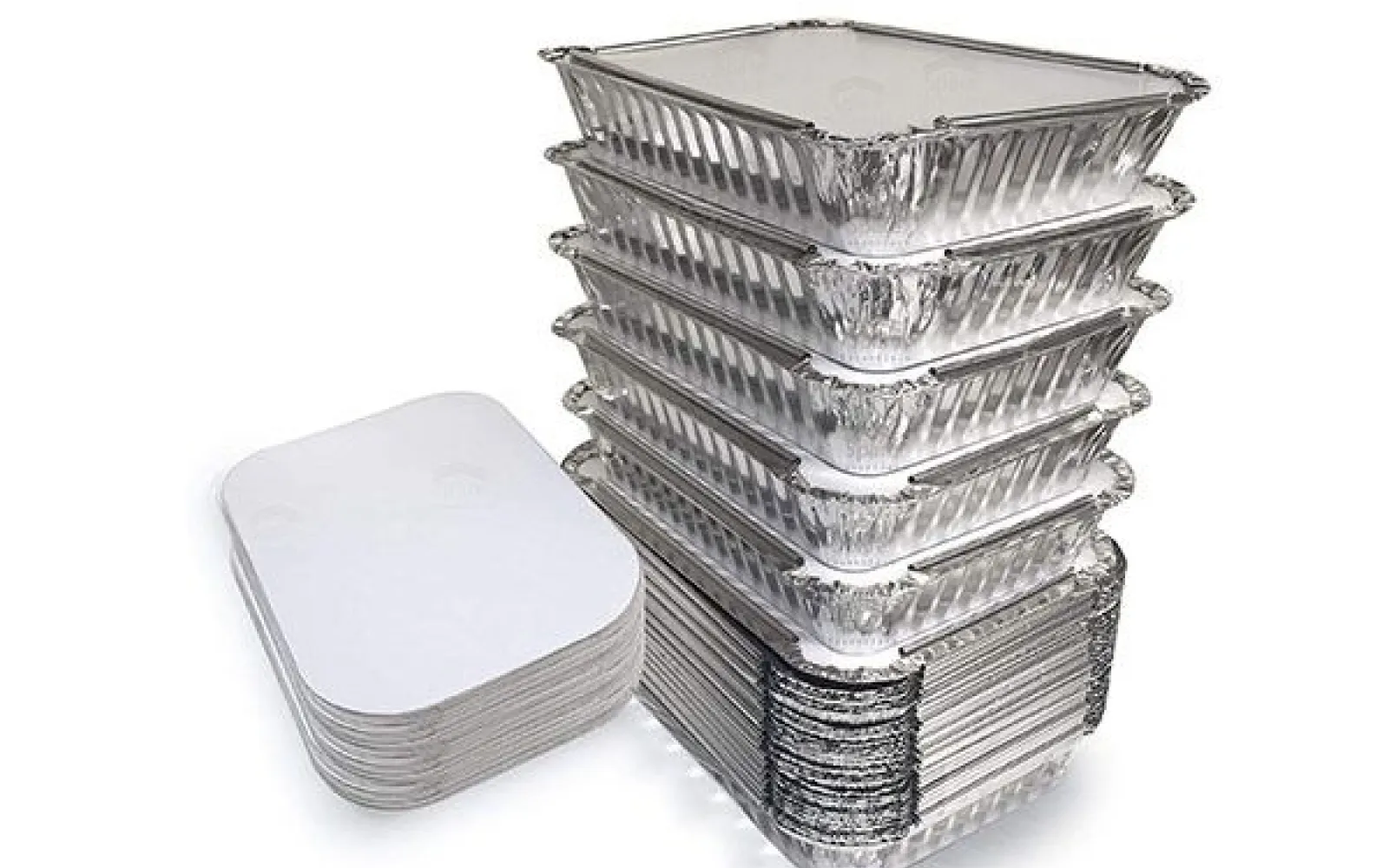
Aluminum Foil
Acts as a barrier against light and oxygen, keeping the contents fresh.
Benefits of Tetra Pak Packaging
Extended Shelf Life
One of the most significant advantages of Tetra Pak packaging is its ability to extend the shelf life of products. The aseptic process involves sterilizing both the packaging and the product separately, then combining them in a sterile environment. This ensures that the contents remain fresh for an extended period, often up to several months, without the need for preservatives or refrigeration.
Convenience and Portability
Tetra Pak is committed to sustainability, and their packaging reflects this ethos. The cartons are primarily made from renewable resources such as paperboard, which is sourced from responsibly managed forests. Additionally, Tetra Pak is continuously working to reduce its carbon footprint by improving the recyclability of its products and using plant-based plastics.
Environmental Sustainability
Tetra Pak is committed to sustainability, and their packaging reflects this ethos. The cartons are primarily made from renewable resources such as paperboard, which is sourced from responsibly managed forests. Additionally, Tetra Pak is continuously working to reduce its carbon footprint by improving the recyclability of its products and using plant-based plastics.
Food Safety
The multi-layered design of Tetra Pak cartons ensures that the contents are protected from external contaminants. This is especially important for perishable goods like milk, juice, and other beverages, which are susceptible to spoilage. The aseptic process used in Tetra Pak packaging ensures that the product remains safe and fresh until it reaches the consumer.
Cost-Effectiveness
For manufacturers, Tetra Pak offers a cost-effective packaging solution. The lightweight nature of the cartons reduces transportation costs, and the extended shelf life minimizes product wastage. Additionally, the efficient use of materials helps keep production costs low.
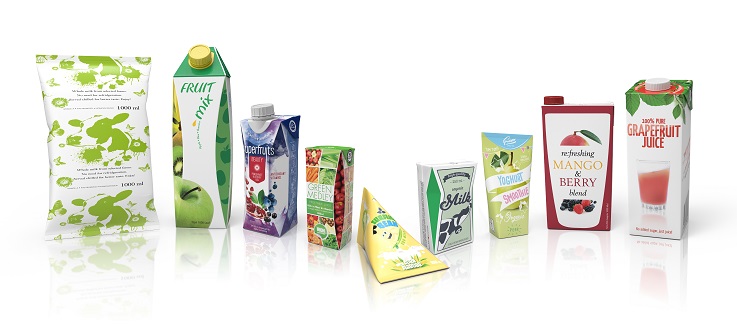
Tetra Pak and Environmental Impact
Tetra Pak is committed to reducing its environmental impact through various initiatives:
Renewable Materials
As mentioned earlier, Tetra Pak cartons are made from renewable materials, primarily paperboard. The company sources its paperboard from forests certified by the Forest Stewardship Council (FSC), ensuring responsible forest management.
Recyclability
Tetra Pak is actively working to improve the recyclability of its cartons. In many regions, recycling programs are in place to collect and process used Tetra Pak cartons. The company also collaborates with local governments and recycling facilities to enhance these efforts.
Carbon Footprint Reduction
Tetra Pak has set ambitious goals to reduce its carbon footprint. This includes investing in renewable energy, optimizing logistics to reduce emissions, and developing plant-based plastics to replace fossil-based materials.
The Future of Tetra Pak Packaging
The future of Tetra Pak packaging looks promising as the company continues to innovate and adapt to changing consumer preferences and environmental challenges. With a strong focus on sustainability, Tetra Pak is exploring new materials and technologies to further reduce its environmental impact and enhance the performance of its packaging.
Conclusion
Tetra Pak packaging offers a multitude of benefits, from extending shelf life and ensuring food safety to promoting environmental sustainability. Its innovative design and commitment to using renewable resources make it a preferred choice for both consumers and businesses. As we move towards a more sustainable future, Tetra Pak is poised to play a crucial role in shaping the way we package and consume our favorite beverages and liquid foods. Check out our products with sustainable and efficient packaging.



